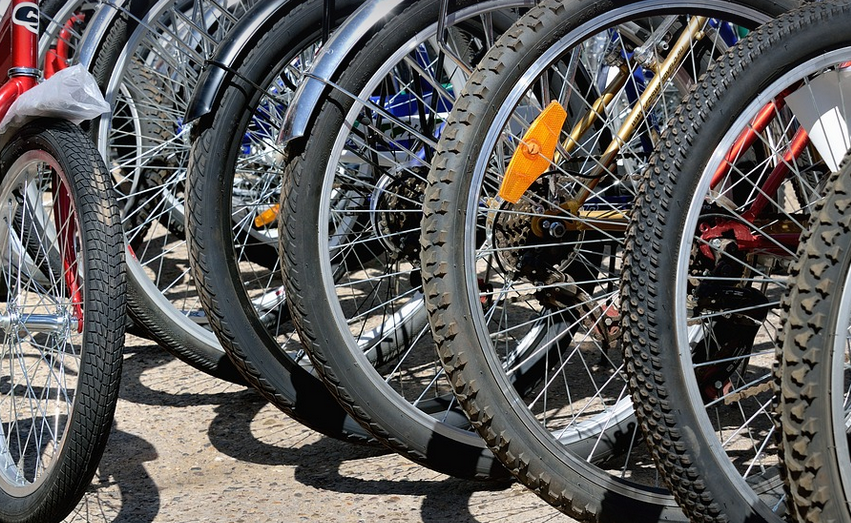Transporting Through the Tiny City: An Overview
Cells, those fascinating little units that make up all living organisms, are bustling with activity. They’re not just passive shells; they’re complex factories and communication hubs, constantly on the move. This movement is vital for life – think of it as a cellular transportation system. Within cells, molecules and ions travel in specific ways to perform their functions.
But how does this happen? To understand this intricate network of transport within cells, we need a closer look at what’s happening inside them. Imagine a busy city with intricate roads and traffic regulations — that’s kind of like a cell! Each “road” plays a specific role in transporting substances throughout the cell.
The inner workings of cells are governed by an amazing array of components, each playing its part in this cellular transportation system. The most prominent actors include the nucleus and the endoplasmic reticulum (ER) — both intricately woven into the fabric of the cell’s structure. Their roles extend beyond just being “building blocks” – they actively contribute to transport.
Understanding the Cellular Highway System
The movement of molecules in a cell is not as simple as walking down the street – it requires special pathways, similar to cities with designated routes. These pathways are crucial for efficient and regulated transportation, ensuring that the “right stuff” reaches the right place at the right time.
One such pathway is the endomembrane system, a complex network of interconnected membranes within the cell. This intricate highway system includes several components: the smooth ER, the rough ER, the Golgi apparatus, and lysosomes.
Think of it like this: The smooth ER manufactures lipids and detoxifies drugs; the rough ER produces proteins destined for export outside the cell. The Golgi apparatus acts as the sorting center, packaging and labeling these proteins for delivery to their final destinations. Finally, lysosomes serve as cellular recycling centers, breaking down waste materials.
The Power of Diffusion: A Simple Process
One type of transport is diffusion, a process that relies on random motion of molecules. Imagine a drop of ink in water; it spreads out until evenly dispersed throughout the water. This simple movement of molecules from high concentration to low concentration happens naturally when there’s an area where molecules are more crowded.
Diffusion doesn’t require any energy, making it a passive form of transport. Some molecules move across cell membranes more easily than others. For instance, small and non-polar molecules like oxygen or carbon dioxide can readily diffuse through the phospholipid bilayer – the cell membrane.
The Role of Active Transport: A More Demanding Job
But sometimes, things need to be transported against the current, which is where active transport comes in. Imagine pushing something uphill – it requires effort and energy!
Active transport involves using cellular energy (ATP) to move molecules across the cell membrane against their natural concentration gradient. This means moving substances from areas of low concentration to areas of high concentration.
Endocytosis and Exocytosis: Special Delivery Services
For transporting larger molecules like proteins or viruses, cells use special processes called endocytosis and exocytosis. These are specialized “delivery services” that allow for the controlled entry and exit of substances into and out of the cell.
Endocytosis involves engulfing external particles or fluids into a pocket formed by part of the cell membrane, while exocytosis involves the release of materials from vesicles to the exterior.
The Final Destination: A Cellular Address System
Every molecule in the cell is transported through specific pathways, similar to how mail carriers deliver letters to their homes. This intricate address system ensures that the “right stuff” reaches the right place at the right time for proper functioning of cellular processes.
The movement of molecules within a cell is essential for its survival and function. From proteins to ions, from fats to sugars – each molecule has its own role to play in this complex transportation system that keeps cells thriving.
Understanding these intricate cellular transport mechanisms opens the door to exploring the complexities of life at its most fundamental level. The journey from simple diffusion to the specialized power of active transport and the precise nature of endocytosis and exocytosis is a fascinating exploration into the microscopic world within us all.
The cells within our bodies are constantly buzzing with activity, and their transportation systems are key to keeping them running smoothly. So next time you think about your own body – remember, those tiny cells are like bustling cities, communicating and transporting everything they need for life – a world of wonder hidden in the smallest level of existence.
